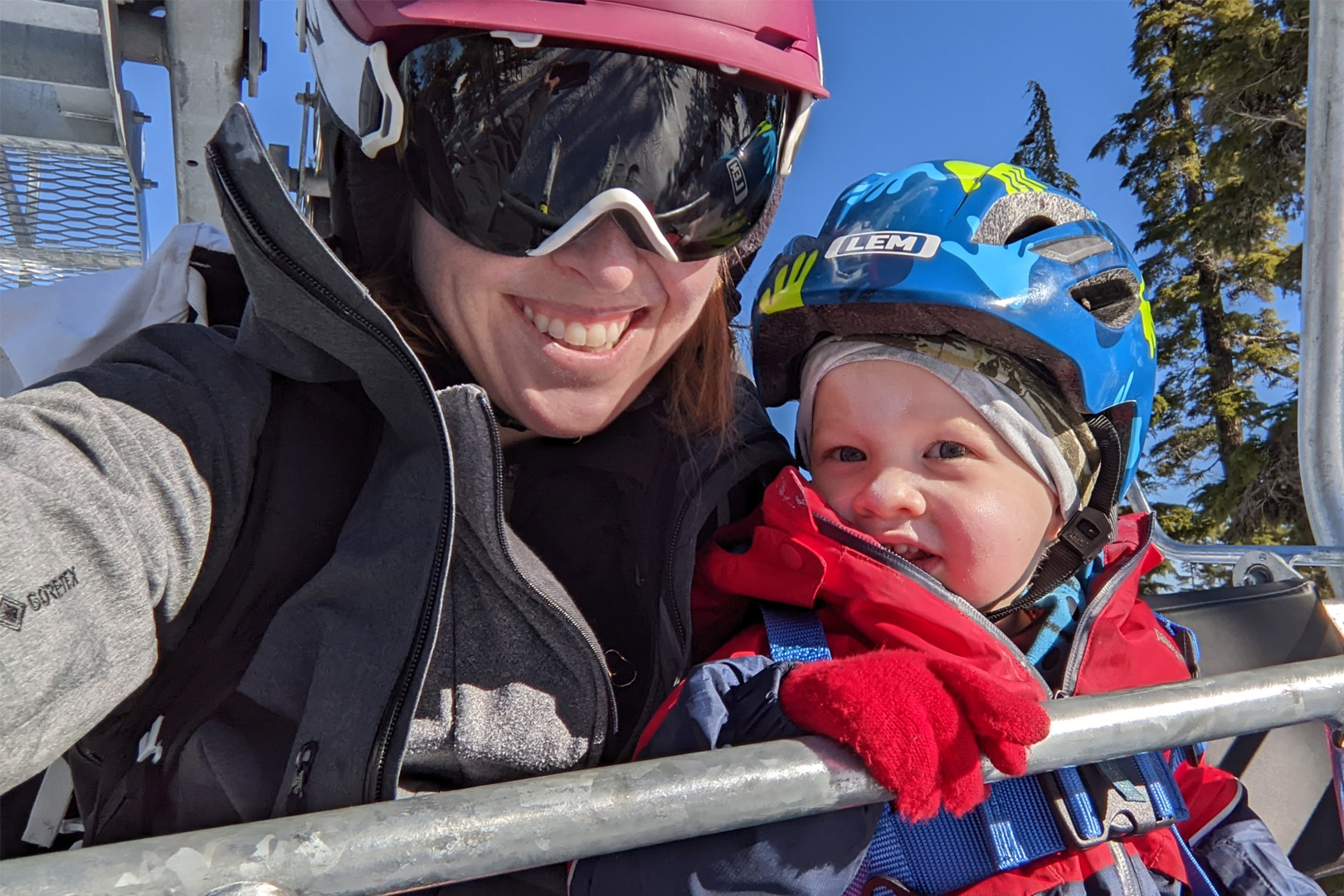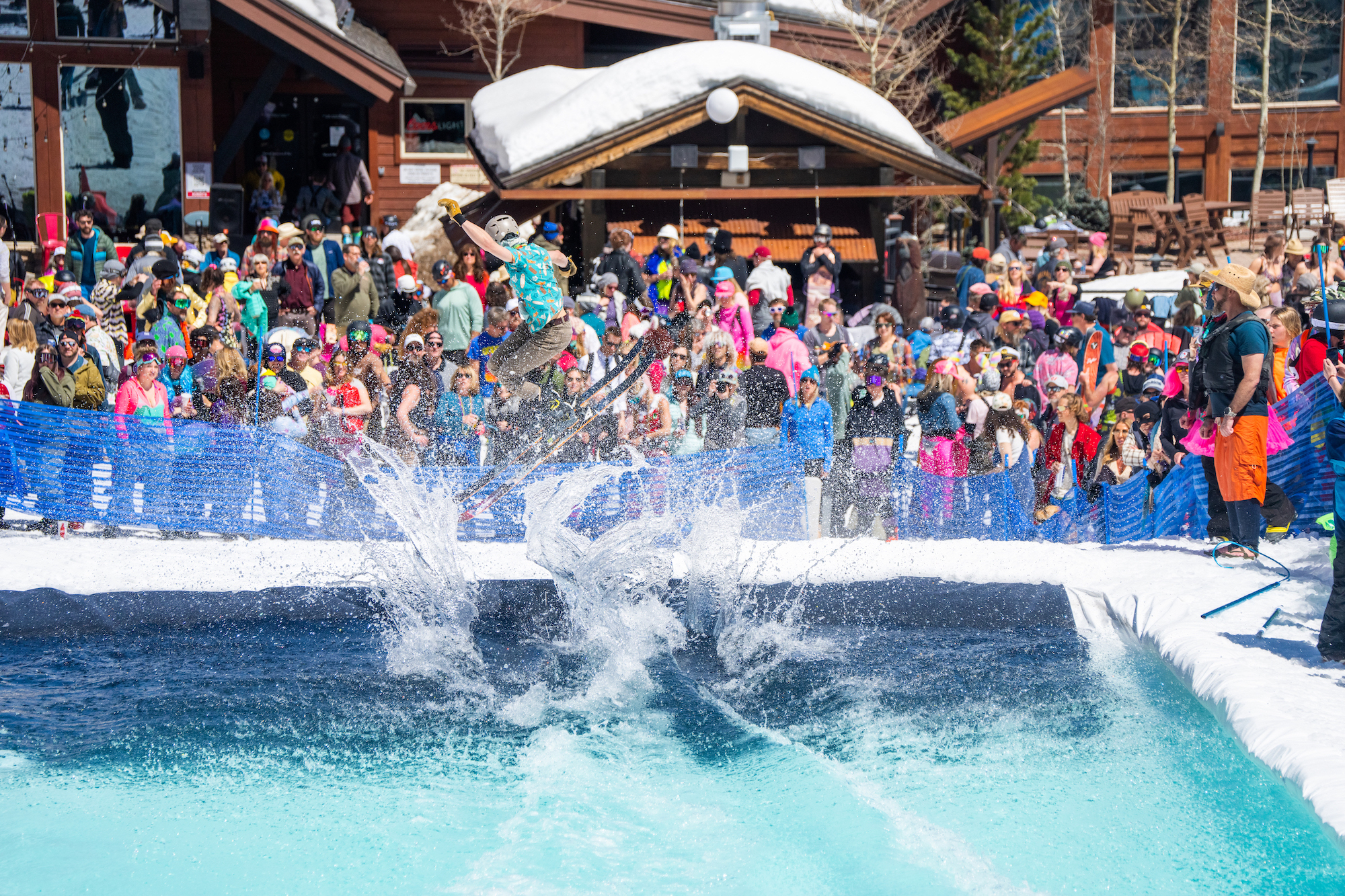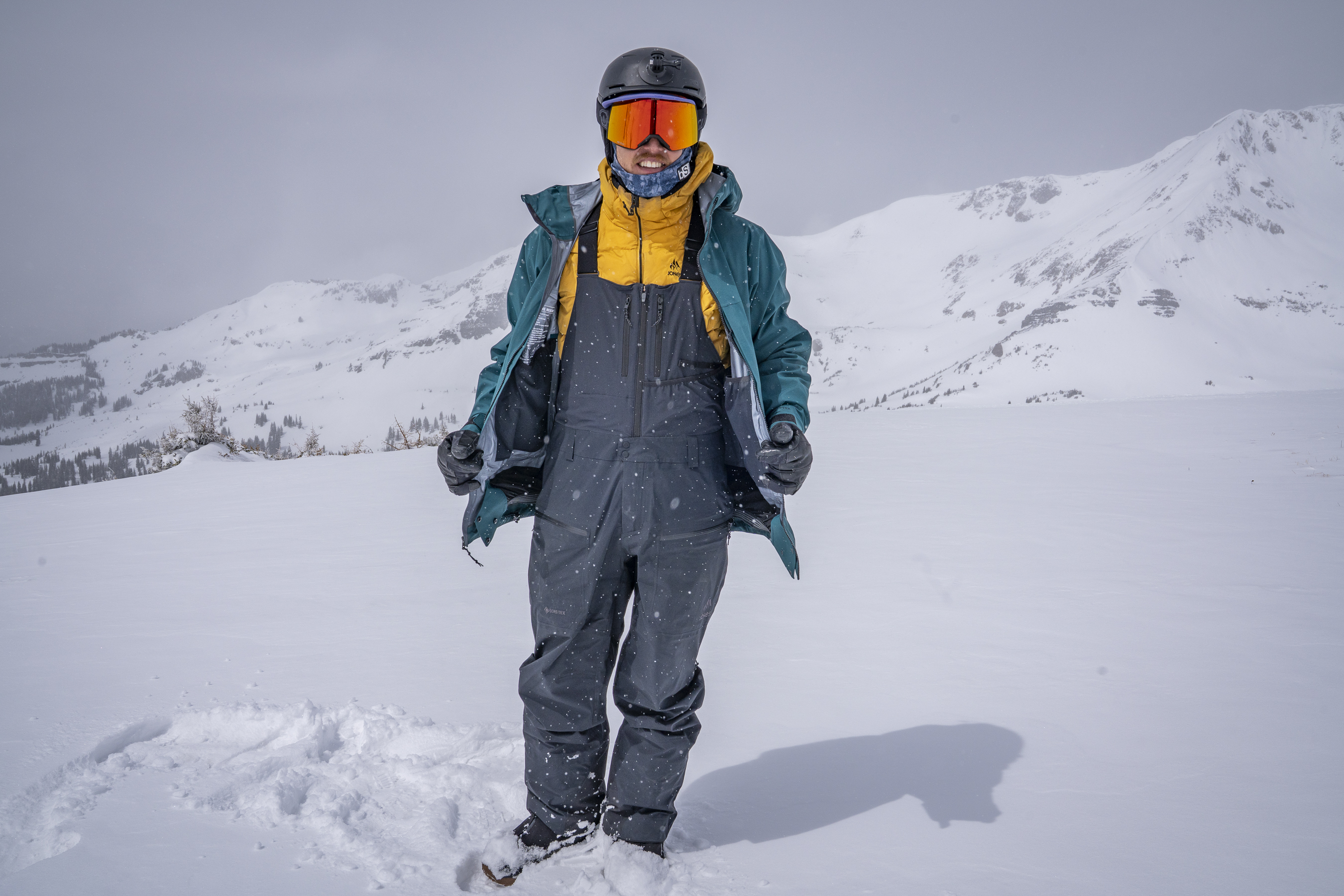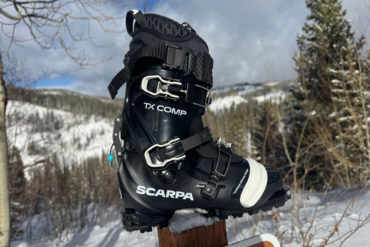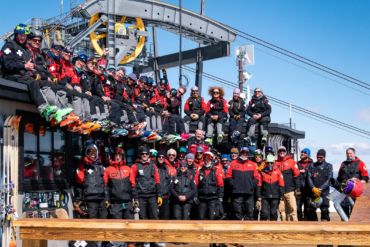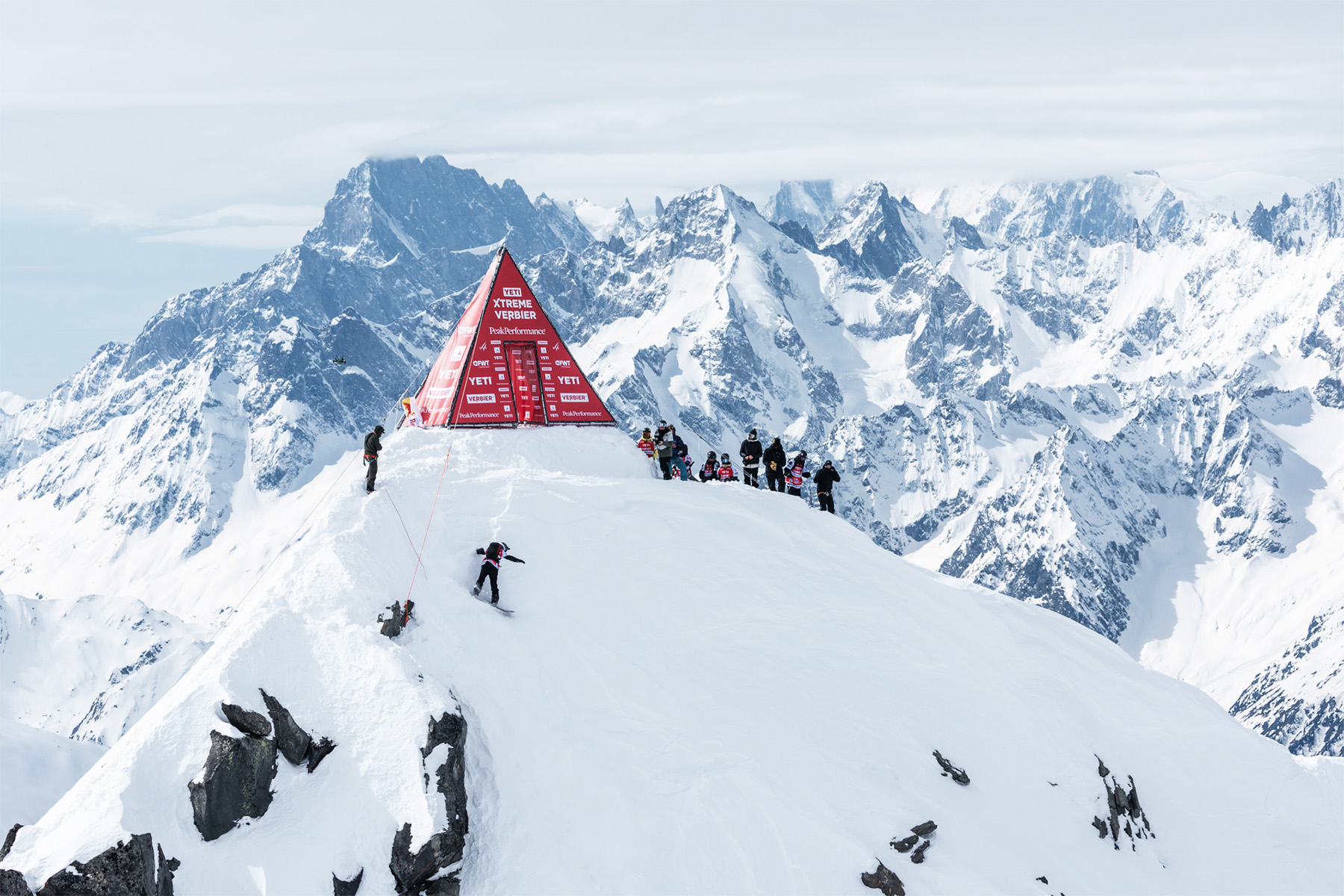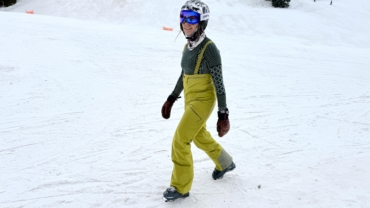Yes, powder days are a great experience. But to those in the know, its spring sibling — corn —can be as good or better.
Like the ugly duckling, most don’t talk about this amazing type of snow. It doesn’t have the “wow” factor in front of a camera. It can be as elusive as powder or more so. Many skiers call it mashed potatoes, but it isn’t.
So, what is corn snow? Well, it resembles something that looks like frozen corn kernels, hence the name. And when the weather and conditions align, it can be as good or even better than a powder day.
To help in your quest for corn, we dive into the basics of how it forms, how to ride the mountain, why it’s so enjoyable, and where to find it.
Let’s Talk About Corn Snow
How It Forms

Compared to powder where you need a cold storm to drop from the heavens, corn snow requires a completely different type of weather. It requires many cold, clear (below freezing) nights and warm days (above 40 degrees Fahrenheit) in a row to properly form. When skied at the right time of day, it’s hero snow. Grippy yet velvety. Firm yet carve-able.
Once you’ve experienced it, you’ll be hooked.
Spring’s Gift

While you don your biggest down jacket for powder days, corn is about wearing as little as possible. Think beach weather meets the mountains.
Corn harvesting truly begins when most people are putting away their ski equipment. It’s a celebration of a winter well skied. “Corn season” normally starts around late March and lasts into May (or possibly later) at certain ski resorts.
Finding Corn: A Fickle Beast

After all that, it’s the ultimate Goldilocks of snow. Come too early, and it’s hard as a rock; too late, and you have sludge that is reminiscent of mashed potatoes.
When you do time it right, you’ll find the ultimate carve-able surface. To make sure you’re there at the perfect time, look to see how cold it’s been at night. If it’s getting into the mid-20s overnight, you’ll likely want to start around 11 a.m. On the flip side, if it’s just barely getting below freezing, it’s a good idea to arrive closer to when the lifts start turning.
Pro tip: Some ski resorts open their lifts as early as 7:30 a.m. in late spring so you can access the snow at its best.
Follow the Sun
In addition to the weather conditions, another key component to finding corn is understanding the terrain on the mountain. You’re looking for trails that have no vegetation, such as big, open bowls. Trees and bushes can “gunk” up the snow, leading to sticky conditions.
In the Northern Hemisphere, the sun softens up south-facing terrain first. From there, the eastern slopes will soften next, followed by west-facing trails. Finally, the northern slopes will soften last.
Why You’ll Love It

Compared to powder days, most people have given up on skiing this time of year. That means the lift lines are nonexistent. The sun is warm, allowing you to wear a fraction of the layers you need mid-winter. And the snow is pretty much guaranteed to be soft.
And this isn’t the time to just ski, either. With spring providing more daylight, you can hit the slopes in the morning and then follow it up with a round of golf, a bike ride, or just enjoy a beverage out on the deck while soaking up the good life.
Skiing Corn: Where to Go
Some skiers have never experienced corn snow, and that’s because it takes a lot of factors to form. Clouds, wind, air temperature, precipitation, and sun angle can affect the quality of corn.

From a weather standpoint, the Southern Sierra, where Mammoth Mountain is, has the best spring climate for it.
Mt. Bachelor comes in at a close second weather-wise. Although its weather isn’t as consistent, its topography makes up for it in spades. Located on a dormant volcano, its cone shape provides the opportunity to chase the perfect softness of snow for hours instead of a small window.
Rounding out the top three, you’ll find another ski resort dedicated to late-season skiing: Palisades Tahoe. Specifically, Alpine Meadows provides several features allowing you to also follow the sun like Mt. Bachelor.
Skiers should start harvesting corn on the Sherwood lift in the morning. Once it gets too soft, head to Summit Express or Lakeview lifts and finish off the day on Scott. While it’s less consistent with overnight freezing compared to the other two resorts, it more than makes up for it with the number of activities available for après.
If you hate crowds, love sunshine, and want a good deal on lodging, don’t put away your ski gear. Instead, book a ski trip in April or May and go find some corn. Spring just might be your new favorite season.

